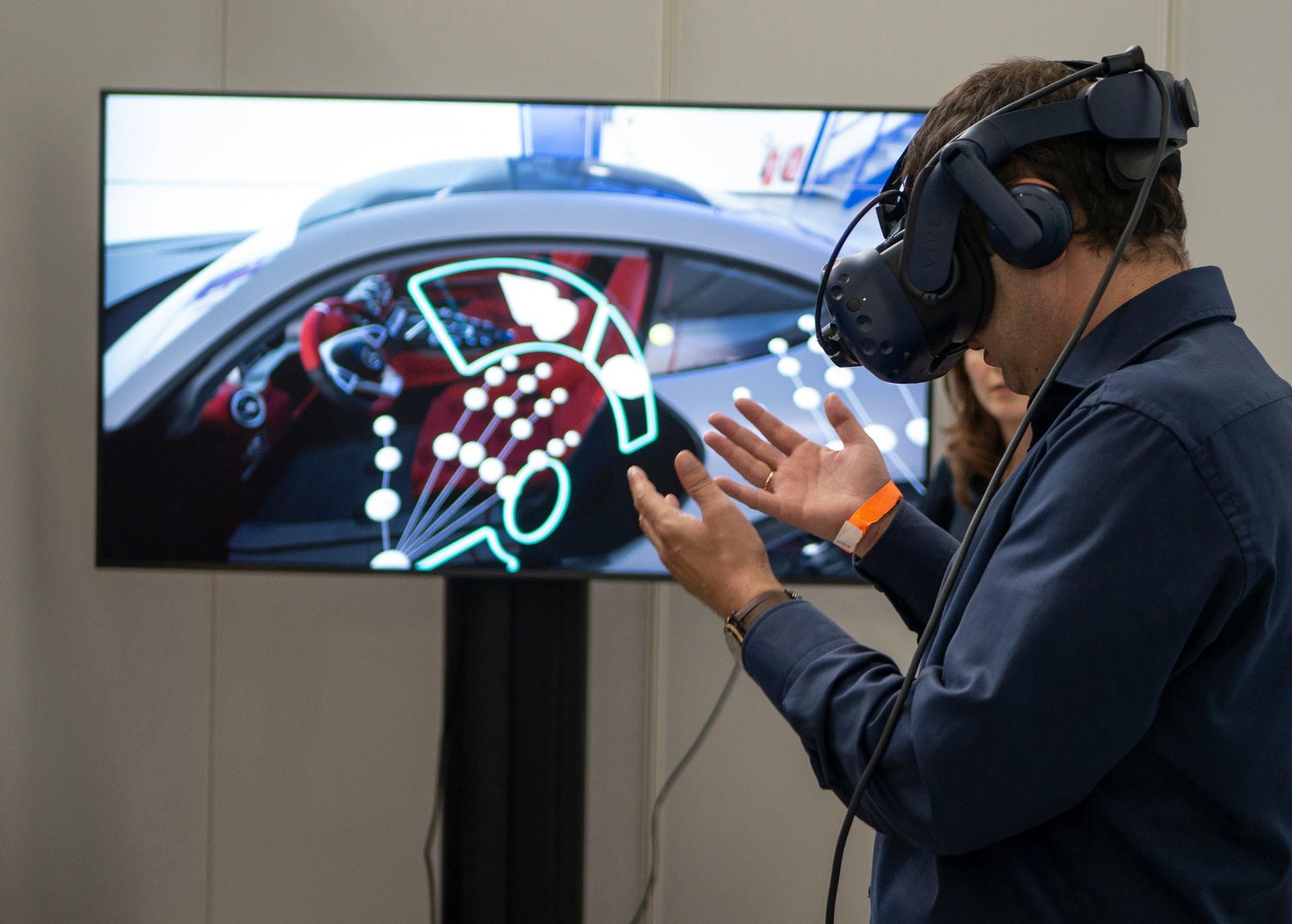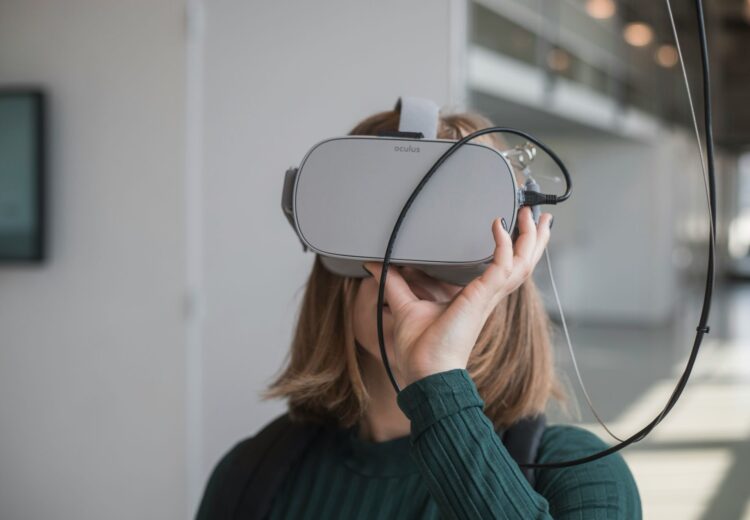Virtual reality (VR) has long been a promising technology, tantalizing us with fully immersive experiences. Yet, despite several decades of development and major investment from tech giants like Meta, Apple, and Google, VR still hasn’t broken into the mainstream. While we’ve seen impressive technological advancements, it remains more of a niche product than a must-have household item.
The path to VR’s widespread use has been anything but smooth. From the early days of the Nintendo Virtual Boy to the latest attempts like Apple’s Vision Pro, VR has faced its fair share of setbacks. High prices, technical limitations, and a lack of compelling content have repeatedly hampered its growth. Even with advancements in hardware and software, VR hasn’t quite managed to capture the attention of everyday consumers.

Why VR still isn’t a must-have and what could finally push it into the mainstream
The 1990s saw some of VR’s most infamous failures. While arcades featured bulky VR machines and Sega announced the VR headset, none of these products found lasting success. The Nintendo Virtual Boy, launched in 1995, is now often cited as a cautionary tale for VR enthusiasts. By the time the Oculus Rift and HTC Vive debuted in 2016, VR seemed to be on the brink of a breakthrough. However, these headsets struggled to find a mass-market audience despite their advanced features.
A major challenge that VR faces is the absence of a game-changing application that would compel everyday users to adopt the technology. While VR has made strides in gaming, fitness, and productivity, no single experience has proven to be the “must-have” feature that convinces people to invest in a headset. While popular in gaming circles, Meta’s attempts with its Quest line haven’t yet made VR an essential part of home entertainment or daily activities.
The search for VR’s killer app has continued for over three decades. Earlier VR systems didn’t have the content to make people feel like they needed the technology, and today’s headsets still face the same dilemma. While advancements in VR’s capabilities are notable, it still lacks that one feature or experience that drives mass adoption. Whether it’s the next evolution of gaming, a new form of social media, or immersive work tools, the right combination of content and functionality is still missing.

The VR industry’s ongoing struggle to overcome barriers
Even with its promise, VR still faces significant hurdles. One key issue is comfort; VR headsets are often bulky, can cause eye strain, and may not feel pleasant to wear for long periods. Though the problem of motion sickness has been alleviated somewhat, it’s still a barrier for many users. Furthermore, the cost of quality VR headsets remains high. The Apple Vision Pro, for example, was priced at $3,500, making it an impractical choice for most consumers. Meanwhile, Meta’s Quest 3 is more affordable but requires a hefty investment.
Another challenge is content availability. While companies have made strides in developing immersive non-gaming applications, VR is still largely seen as a tool for gaming and entertainment. Without a broader library of experiences, particularly in education, work, and social interaction, it remains difficult to convince people to make VR a regular part of their lives.
Looking ahead, several industry players continue to push the envelope. Meta has doubled down on VR with its Quest 3, now integrated with Windows 11 to appeal to productivity users. Samsung, too, is preparing to launch new mixed-reality headsets in partnership with Google and Qualcomm, with a planned release in 2025. The key to VR’s success might lie in these new, lower-cost headsets and developing content that transcends gaming.
While VR has yet to become a household technology, the future remains bright. As companies refine the hardware, improve content offerings, and address comfort issues, VR could soon become more than just a niche hobby. The journey toward mainstream adoption is ongoing, but it seems likely that we will finally be on the verge of seeing VR in more homes soon.
Featured image credit: Maxim Hopman/Unsplash





